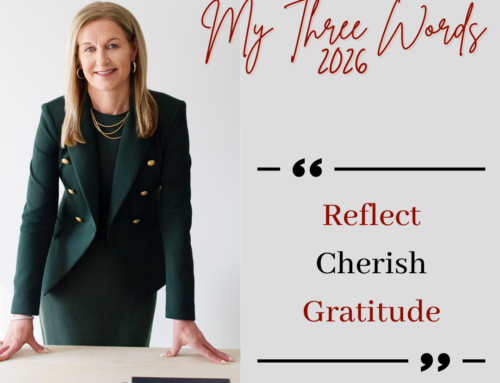Written by:
Debbie Stojanovic, CEO, Nealon Consulting
& Deborah Rosati, Founder & CEO, Women Get On Board
Diversity, and gender diversity in particular, is a top agenda item in boardrooms today — as it should be. It’s a priority not only because there are now legislative and regulatory changes that require it, but also because it’s just good business practice.
Research shows that the right board composition can enhance decision-making processes and augment an organization’s performance and market reputation. [note] Menhi, Ekta & Dart, Beatrix, 2018/02/18, Globe and Mail, OpEd, More work must be done to boost gender diversity in Canada’s boardrooms, Link. [/note] Can an improperly composed board pose a reputational risk for your organization? You bet.
Today, we can’t open a newspaper, attend a meeting/event or have a general conversation without touching on some aspect of diversity. And that’s a good thing. From a board perspective, the conversation is shifting from why we need more women at the table to how we can accelerate progress. In light of this, it will be interesting to see what transpires over the next few months as many public company AGMs take place. The board and management can and should expect questions from shareholders and the public-at-large about their views on diversity and the company’s plan to ensure its people are reflective of the communities in which we live. [note] Ebner, David, 2018/04/30, Globe and Mail, Gender diversity board proposal at Constellation Software gets largest backing in Canada, but still fails, Link. [/note]
Case in point this year’s TD Bank AGM. Throughout the meeting, there were several queries about diversity. In fact, a number of shareholders wanted to know two things: (i) what TD has and is doing to increase the number of women on its board — currently at 38% and (ii) what the is bank doing about women in leadership, which is the root cause of this issue. [note] Wohlbold, Elise & Chenier, Louise, Conference Board of Canada’s report entitled Women in Senior Management; Where Are They? [/note] “It’s a major priority,” said Bharat Masrani — the bank’s CEO.
An example where the pace of change is very slow is Constellation Software. A year ago, a shareholder resolution calling for diversity on its all-male board garnered 42% of votes, this year’s vote moved to 49% support—but in the end—it still failed. Despite the outcome, this is another example of the shifting views in corporate Canada about the importance and value of diversity on boards of directors and in executive suites.
The corporate view of recruiting more women on boards is changing and it helps to have input and support from organizations, such as ISS and Glass Lewis. By releasing updates to their voting guidelines for Canada and the US, these organizations are helping to move the dial forward. In fact, according to the guidelines, they will recommend a “withhold” vote for the chair of the nominating committee (or chair of the board, in absence of a nominating committee) where a company has not disclosed a formal written gender diversity policy and/or where there are no women directors on the board. Similarly, others are having their say too—the New York State Retirement Fund, for instance, announced that it will oppose re-election of directors at hundreds of public companies that do not have any women on their boards. At home on our own soil, the Government of Canada brought transparency and diversity to boardrooms with the recent assent of Bill C-25 — legislation that advances gender equality and diversity in Canada’s corporations. It’s unacceptable that women make up 48% of the workforce, but hold an estimated 14% of all Canadian board seats and approximately 22% of the board seats in Financial Post 500 companies.
The train has clearly left the station and companies that have done the work and identified gaps should be recognized as leaders. That said, board recruitment is not always easy — it takes time to find the right person for the job. That is why companies need to be strategic in their approach — which includes identifying the skills required before the board search begins. More information about purposeful board composition can be found in the Canadian Gender and Good Governance Alliance’s Directors’ Playbook.
There are a number of organizations that are dedicated and focused on helping companies find experienced, knowledgeable and qualified women corporate directors to join boards and fill gaps in skills.
Women Get On Board — as an example — is a member-based company that connects, promotes and empowers women to corporate boards. Finding the right organization to assist you with your board search is critical as they should have extensive experience matching qualified women corporate directors with the right board. It’s not just about finding a female candidate to fill a board position, it’s about finding the right woman with the right experience, knowledge, skill set and personality to work with the company’s existing board. It’s about setting both the company and the selected board member up for long-term success.
Debbie Stojanovic is the CEO of Nealon Consulting and sits on the Advisory Board of Women Get On Board. She is a leading marketing, communications and business development executive who has extensive board experience.
Deborah Rosati is a leading and serving corporate director and, founder and CEO of Women Get On Board.
Thank you to Paul Gryglewicz, Senior Partner of Global Governance Advisors who also contributed to this article.





Leave A Comment